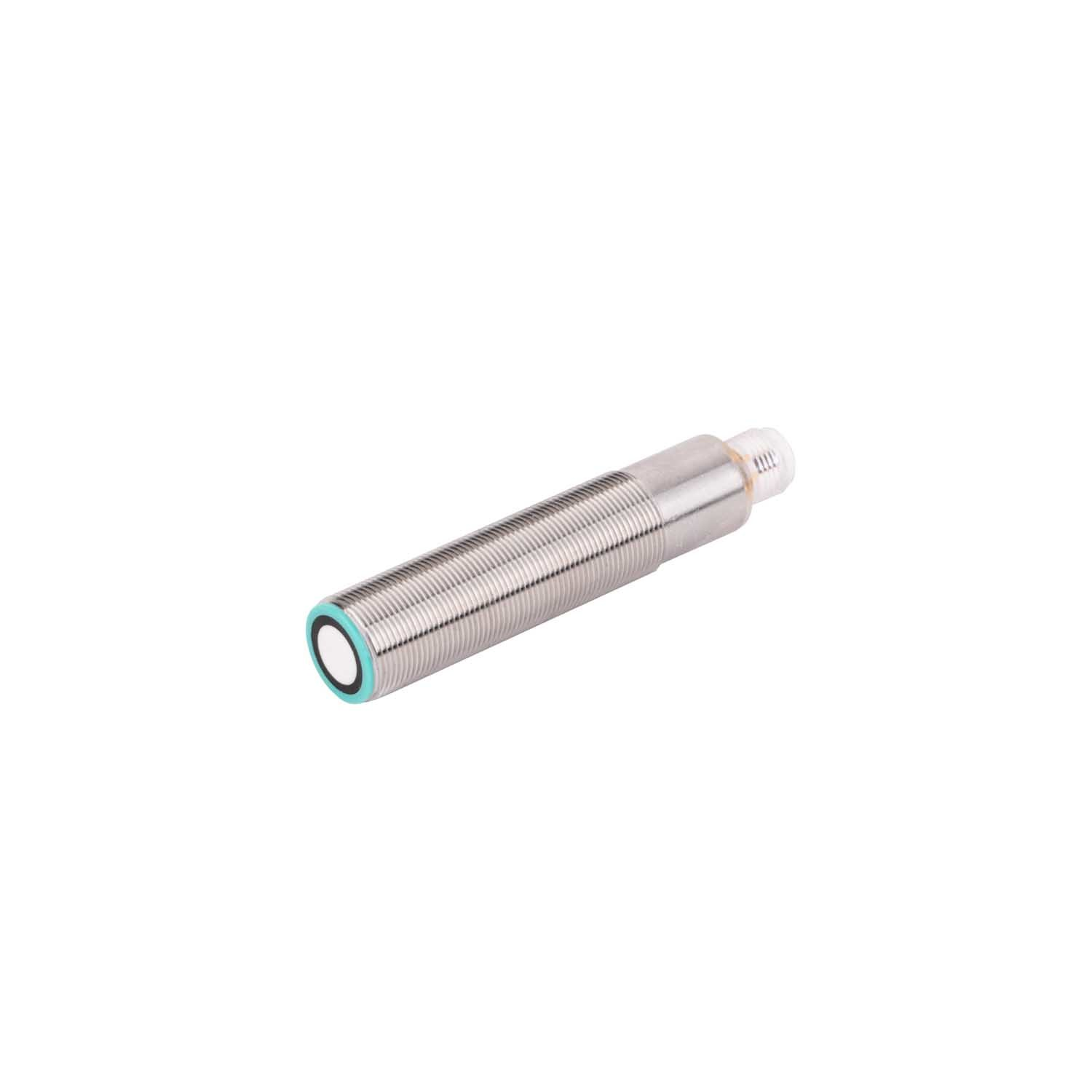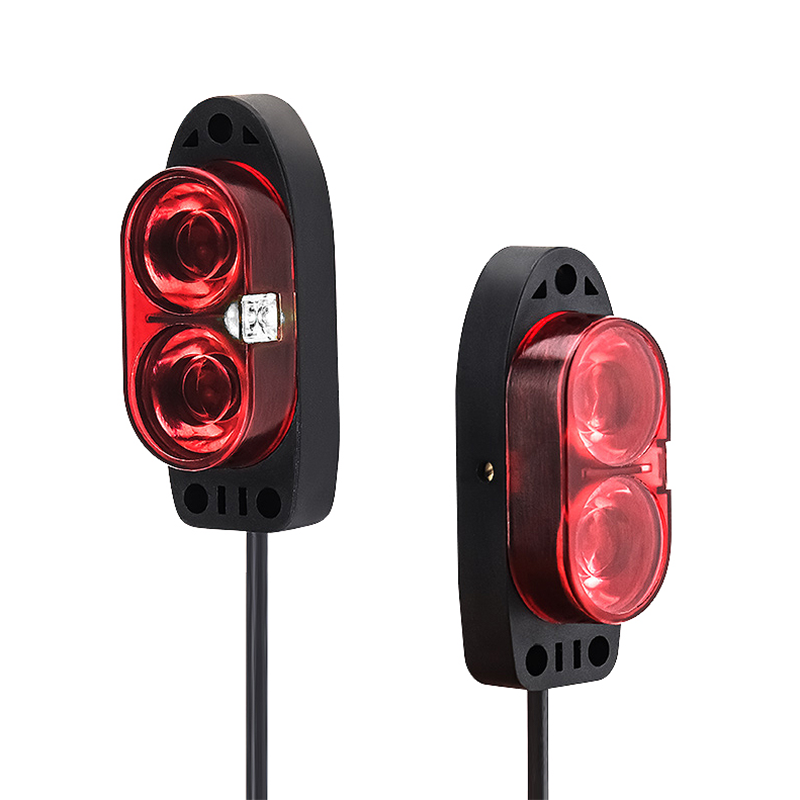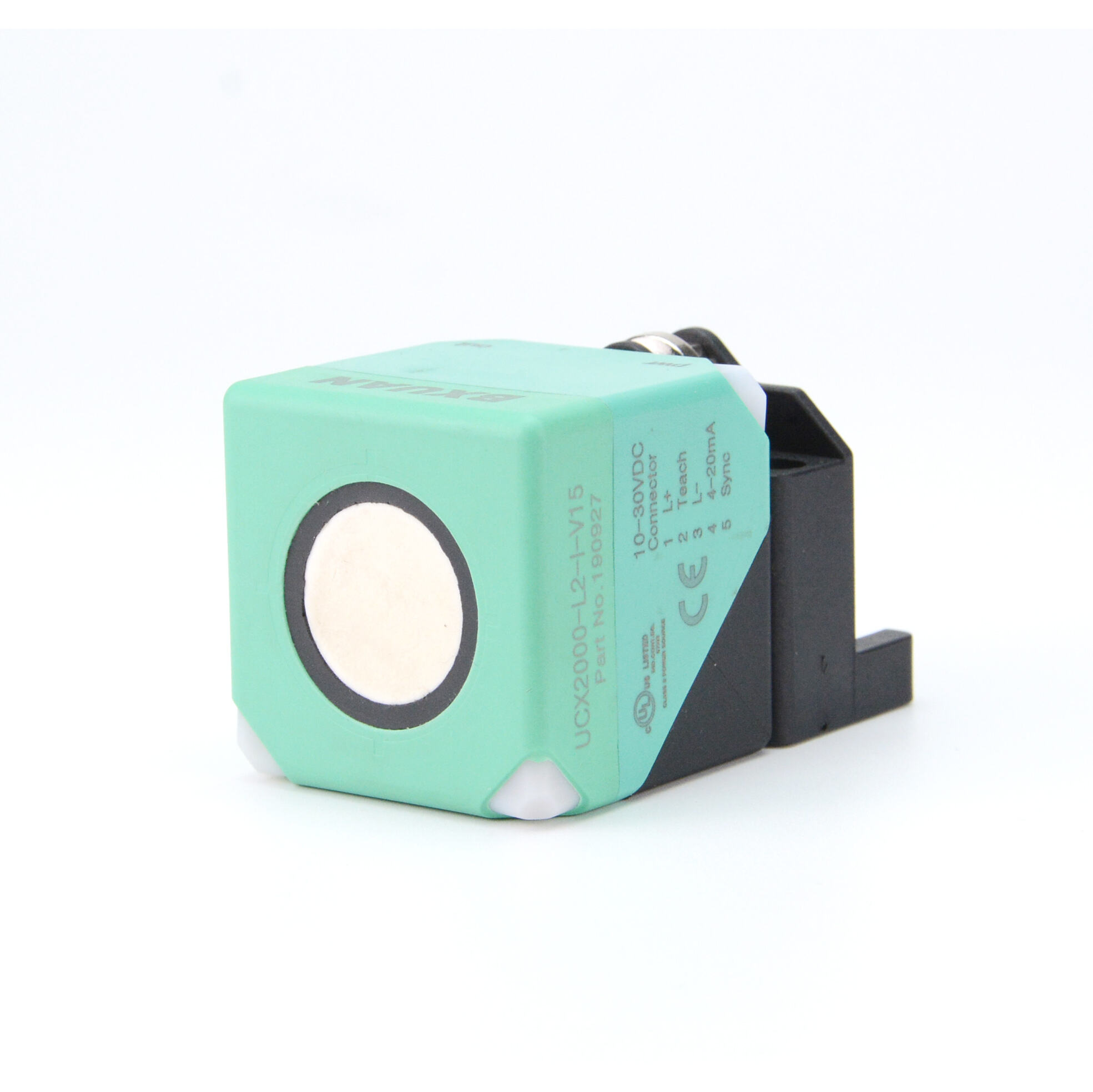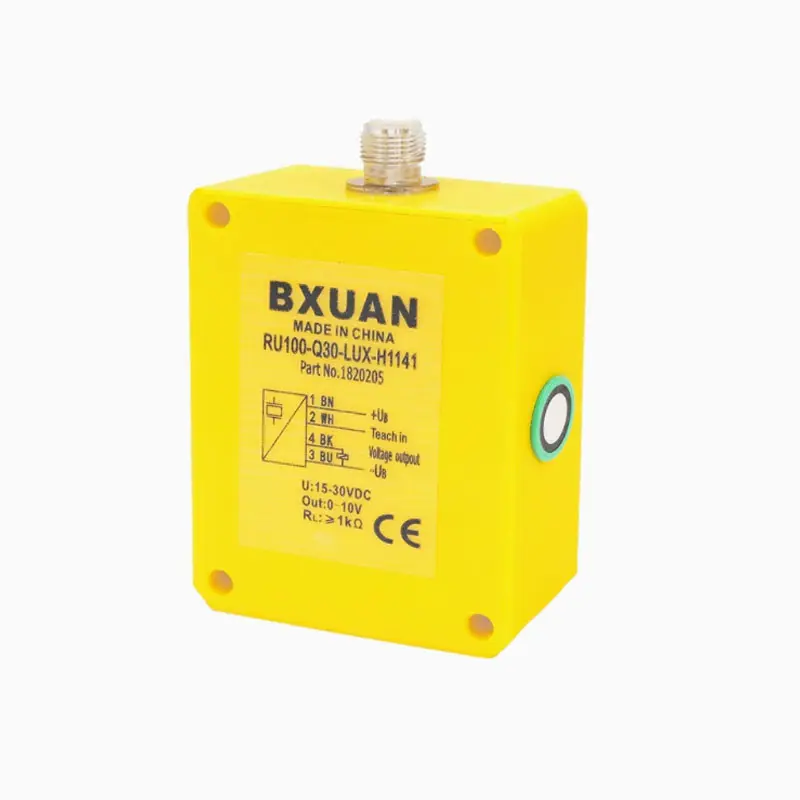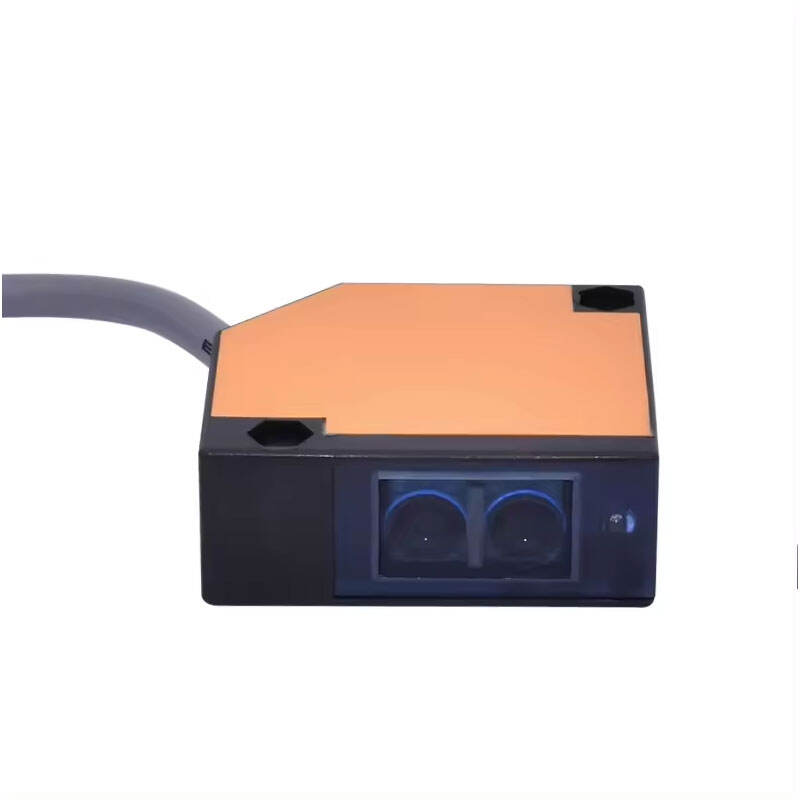photoelectric eye sensor
A photoelectric eye sensor is a sophisticated detection device that operates by emitting and receiving light beams to detect the presence, absence, or position of objects. This advanced sensing technology consists of an emitter that projects a beam of light and a receiver that detects any interruption or reflection of that beam. The sensor's principle of operation relies on the interruption or reflection of the light beam when an object passes through its detection zone. Operating at high speeds with remarkable precision, these sensors can detect objects ranging from tiny components to large packages across various industrial and commercial applications. The technology employs different detection methods including through-beam, retro-reflective, and diffuse sensing, each suited to specific application requirements. Through-beam sensing uses separate emitter and receiver units, offering the longest sensing range and highest reliability. Retro-reflective sensing utilizes a reflector to bounce the light beam back to a combined emitter-receiver unit, providing excellent flexibility in installation. Diffuse sensing detects objects based on their ability to reflect light back to the sensor, making it ideal for detecting objects of varying materials and surfaces. These sensors feature adjustable sensitivity settings, allowing for precise calibration according to specific application needs, and often include LED indicators for easy setup and troubleshooting. Modern photoelectric eye sensors incorporate advanced features such as background suppression, foreground suppression, and digital filtering to enhance reliability and reduce false triggers in challenging environments.

